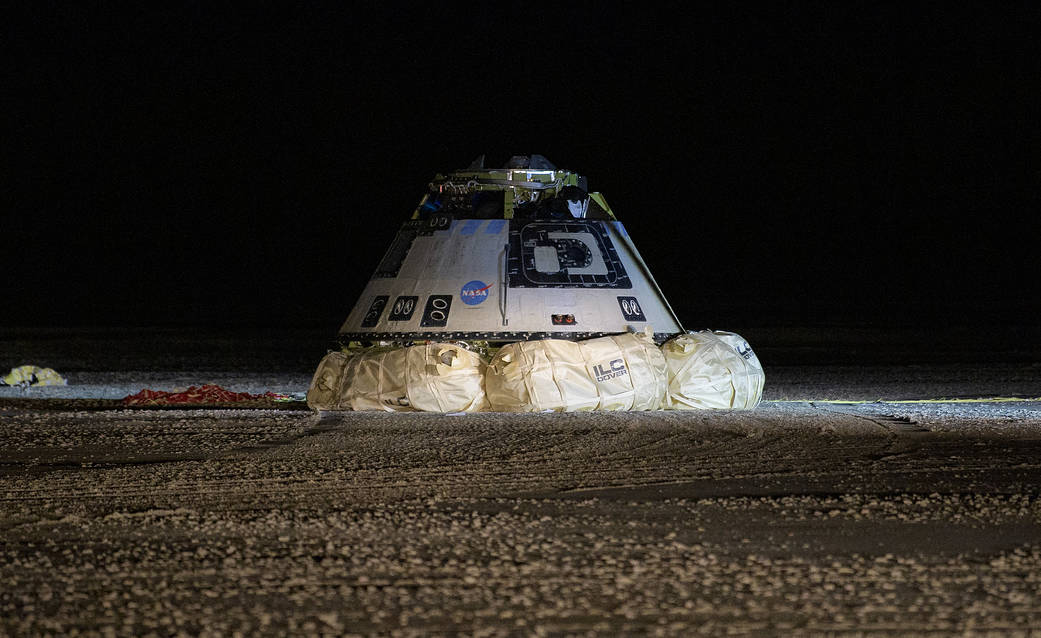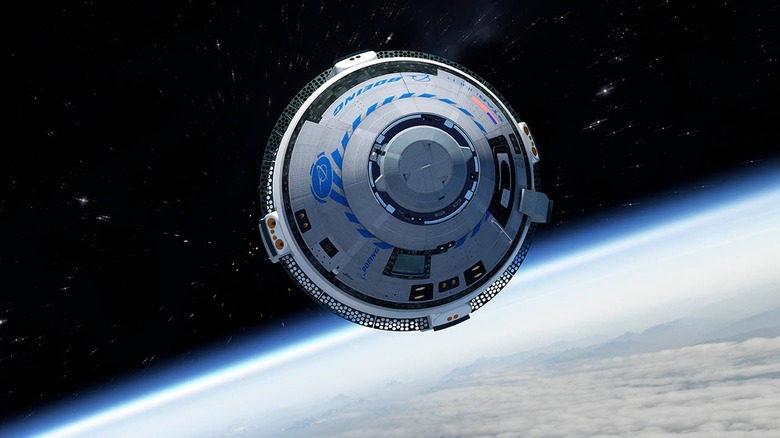Why Starliner Is Stuck In Space: Everything We Know About Boeing's Troubled Mission
It's been almost two weeks since Boeing's Starliner defied all odds and made it into space. Despite some troubling helium leaks, NASA greenlit the launch, sending two astronauts into space aboard Boeing's spacecraft. A few engine issues later, and the spacecraft docked with the ISS successfully. Everything seemed alright. They started preparing to come home. Now, because of those same helium leaks, Starliner's astronauts will remain aboard the ISS until at least July 2—possibly longer.
Starliner has always been a bit of a troubling spacecraft to get in the air. With everything that has happened, I recently wrote that it might be time for NASA to bail on Starliner, and these continued issues only highlight the troubles surrounding the Boeing-built spacecraft.
See, the main reason Starliner is "stuck" in space right now is that NASA and Boeing want to study the leaks that the spacecraft is experiencing. They want to understand what is happening, and maybe even figure out how to stop it. Of course, there isn't any way to fix these Starliner leaks in space. But, studying them could provide a lot of important data for future Starliner missions.

That's all well and good, but these helium leaks aren't new. They've been there. Starliner launched with them. And, yes, currently, the spacecraft has more than enough helium to get the astronauts back to Earth—and then some. But, as the days wear on, and more of that helium leaks out, the possibility of sending those astronauts back aboard Starliner becomes less likely.
The good news is, they wouldn't be stranded in space forever. They'd most likely be able to hitch a ride back down to Earth on the next SpaceX Dragon that is sent up to the station. But, that might mean waiting even longer to return to their families. Considering the leaks have already put them on the station much longer than they anticipated, that isn't exactly ideal.
They aren't in danger, though. Not while on the station. NASA and Boeing say that the spacecraft doesn't pose any danger to them, either. But, like with anything in space, going through the atmosphere is always going to have some unforeseen dangers to worry about. But since the helium is important to the steering of the spacecraft, making sure the Starliner leaks aren't going to threaten those controls is vital.
NASA says it is letting the data drive its decision on when to bring Starliner home. Unfortunately, as it stands, it's unclear if these astronauts will actually be coming home on July 2 or if they'll be forced to wait. Hopefully, the data NASA and Boeing gather from this situation is helpful—and hopefully, Boeing will take a long, hard look at how it builds its vehicles going forward to ensure these kinds of issues don't happen in the future.
